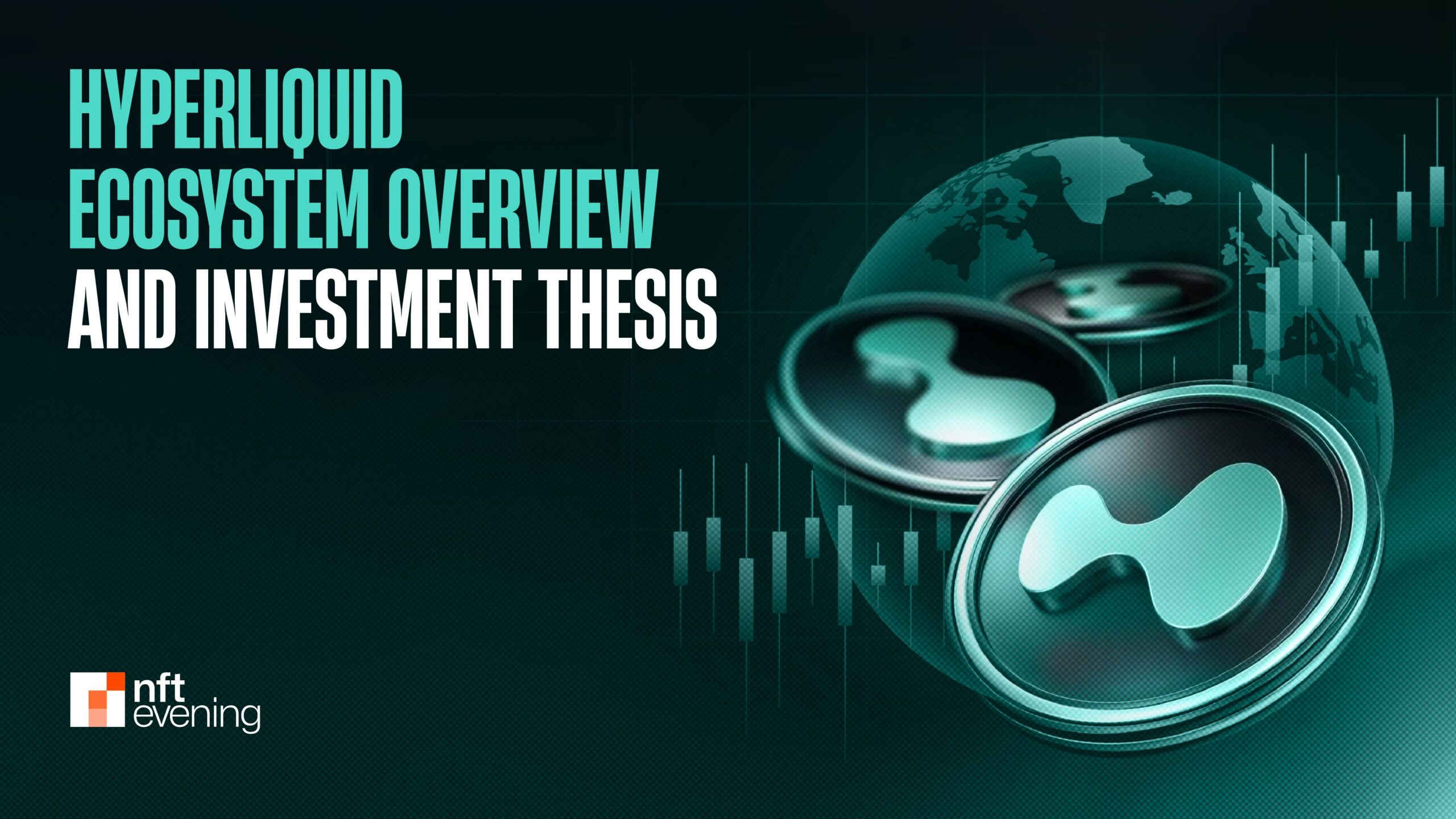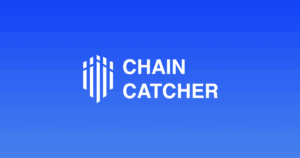Unlocking the Hyperliquid Ecosystem: Investment Insights & Opportunities

Hyperliquid: A Game-Changer in the DeFi Ecosystem
In the rapidly evolving world of decentralized finance (DeFi), Hyperliquid has emerged as a transformative force since its inception in late 2023. This innovative platform provides a fully on-chain order book-based perpetual exchange, characterized by swift transaction finality, low fees, and an economic model that prioritizes user interests.
Overview of the Hyperliquid Ecosystem
Hyperliquid has transcended its initial role as a trading platform, evolving into a comprehensive DeFi hub that encompasses staking, spot trading, vaults, governance, and open token listings. By July 2025, more than 35 protocols were actively developing on Hyperliquid’s Layer 1 and its smart contract layer, HyperEVM. This rapid growth is comparable to the longer timelines of established players like dYdX and Sei. The unique combination of substantial liquidity, programmable perpetual contracts, and genuine economic alignment makes Hyperliquid an attractive environment for developers.
Projects such as Rage Trade and Buffer Finance are successfully migrating their operations from Arbitrum to Hyperliquid, drawn by the capabilities of HyperCore’s execution engine and its flexible trading APIs. New entrants in LSDfi, like Kinetiq, along with stablecoin initiatives such as Felix Protocol, are utilizing native features like Vaults and HIP-standard token auctions to generate liquidity without the interference of venture capitalists. Even in consumer-focused sectors, including prediction markets (GUESS) and GambleFi (Vegas), developers are rapidly deploying solutions thanks to Hyperliquid’s robust on-chain tools and incentives for builders.
In contrast to ecosystems like Aevo or Blast, where developer activity often lags behind token speculation, Hyperliquid is demonstrating tangible, verifiable growth that is generating revenue, positioning it as one of the most efficient environments in DeFi today.
Network Growth, Metrics, and Performance
Since its launch, Hyperliquid has experienced remarkable growth, earning it the nickname “on-chain Binance.” By June 2025, it ranked eighth in DeFi Total Value Locked (TVL), with approximately $1.75 billion secured across various vaults and protocols. Including bridged assets, the stablecoin liquidity surpassed $3.7 billion, highlighting the platform’s deep liquidity. This resurgence is particularly impressive given that the protocol had only around $150 million in assets following an incident in March 2025.
Trading activity has also been extraordinary. In May 2025, Hyperliquid processed $248 billion in perpetual contracts, contributing to an annualized total of $1.57 trillion. Daily trading volumes for both spot and perpetual contracts frequently exceed $2 billion, with the central Central Limit Order Book (CLOB) exchange managing around $420 million daily. Its monthly trading figures now rival or surpass those of Uniswap and PancakeSwap combined, even reaching 10% of Binance’s derivatives volume at its peak.
User adoption has surged, with over 500,000 unique wallets now active on the platform. Strong retention rates following the airdrop, coupled with community-driven trading tools and ongoing incentives, maintain high levels of engagement. Applications launching on HyperEVM benefit from immediate access to a large, active user base.
Revenue generation is robust, with Hyperliquid earning $66 million in fees in May 2025, outpacing both Tron and Ethereum. A staggering 97% of these fees are reinvested into automated buybacks and token burns of the HYPE token. Over $900 million worth of HYPE has been removed from circulation, contributing to a 300% price increase in Q2 2025. The remaining fees are distributed to liquidity providers via the HLP vault, consistently offering double-digit annual percentage yields (APYs).
With a dominant market share in on-chain perpetuals exceeding 70%, increasing integrations, and growing institutional interest—such as Lion Group holding $600 million in HYPE—Hyperliquid is entering a self-reinforcing cycle of volume, revenue, and token value, a rare combination in the current DeFi landscape.
Builder Tooling and Incentive Programs
Hyperliquid has cultivated a developer-friendly ecosystem by aligning incentives through innovative tools and monetization strategies. Developers utilizing HyperEVM benefit from full Ethereum Virtual Machine (EVM) compatibility, allowing them to use familiar tools like Solidity and Hardhat while also accessing unique functions to interact directly with HyperCore’s order book. Resources such as open APIs, precompiled contracts, and community-supported SDKs simplify the creation of advanced DeFi strategies.
A notable feature is the “builder code” system, which enables developers to attach fee-splitting identifiers to trades they generate. If users opt in, these builders can earn a share of protocol fees—up to 0.1% on perpetuals and 1% on spot trades—creating a built-in revenue stream for decentralized applications, trading bots, or social trading platforms. By mid-2025, numerous third-party tools, including PvP.trade and front-end vault managers, were actively monetizing through this model.
Vaults represent another crucial component of Hyperliquid’s builder economy. Anyone can create a vault that executes trading strategies on behalf of depositors, earning a 10% performance fee if successful. The vault system offers transparency through public leaderboards and risk management, as vaults share the same liquidation engine as standard accounts. This has attracted attention to standout traders like “Wynn,” who managed a vault with over $1.2 billion in open positions, showcasing Hyperliquid’s deep liquidity and composability.
On the protocol side, staking and delegation systems promote long-term engagement: one-third of the HYPE supply is staked, validators maintain a commission cap of 1-2%, and delegation is open to all users. Additionally, HIP-1 token listing auctions provide a clear pathway for launching new ecosystem tokens. These Dutch auctions in HYPE—sometimes reaching prices over $300,000 per token—serve as both a filter for low-quality projects and a mechanism for HYPE token burns. Collectively, these tools have fostered a “build-to-earn” culture, rewarding talented developers for driving volume, users, and liquidity to Hyperliquid.
Integrations, Partnerships, and Ecosystem Expansion
Hyperliquid’s ecosystem is rapidly expanding through strategic partnerships and community-driven initiatives. Capital onboarding is streamlined via HyBridge and aggregators like RocketX, facilitating deposits from over 30 different chains. Users can easily connect through wallets like MetaMask and TrustWallet, as well as RPC nodes such as QuickNode, ensuring broad accessibility. This seamless cross-chain connectivity gives Hyperliquid a significant edge over other app chains that often struggle with fragmented bridging experiences.
Institutional interest has surged, even though the project has not raised any venture capital. Lion Group, a publicly traded firm, reportedly holds $600 million in HYPE as part of its treasury, reflecting strong confidence in the exchange-native token. Major analytics platforms like Nansen have partnered with validator groups such as HypurrCollective to enhance tooling and data infrastructure, while operators like Imperator.co provide essential services, including HypurrScan and HypeRPC.
Developer incentives are a key driver of growth. Approximately 39% of the HYPE supply is allocated for community rewards, grants, and ecosystem development. Programs like builder codes (protocol-level fee rebates) and Dutch auction token listings (HIP-1/HIP-2) enable projects to monetize and gain visibility without centralized gatekeeping. With the upcoming HIP-3 framework for custom derivatives and expanding DeFi integrations, Hyperliquid is well-positioned for further growth. Its combination of deep liquidity, user-centric design, and builder incentives establishes it as a leading crypto-native ecosystem.
Investment Thesis for HYPE Token
The investment rationale for HYPE is anchored in a strong correlation between protocol growth and token value. As Hyperliquid’s native asset, HYPE gains value through multiple avenues: staking for validator rewards, gas fees on HyperEVM, trading fee discounts, and, most importantly, aggressive buybacks funded by actual revenue.
With over $300 million in cumulative fees generated and more than $900 million worth of HYPE already repurchased and burned by mid-2025, the token is experiencing significant deflationary pressure linked to platform activity.
Unlike many DeFi tokens that suffer from dilution due to venture capital unlocks or passive governance roles, HYPE benefits from genuine utility and organic demand from both traders and developers. Its integration across all layers of the ecosystem—from trading to launching new assets—creates consistent demand for the token.
Furthermore, Hyperliquid’s commitment to not extracting protocol rent ensures that nearly all value flows back to users and stakers, fostering a virtuous cycle of usage, revenue, and value accumulation. For investors seeking exposure to a sustainable on-chain protocol with growing market share and a user-first approach, HYPE offers a uniquely attractive long-term investment opportunity.







